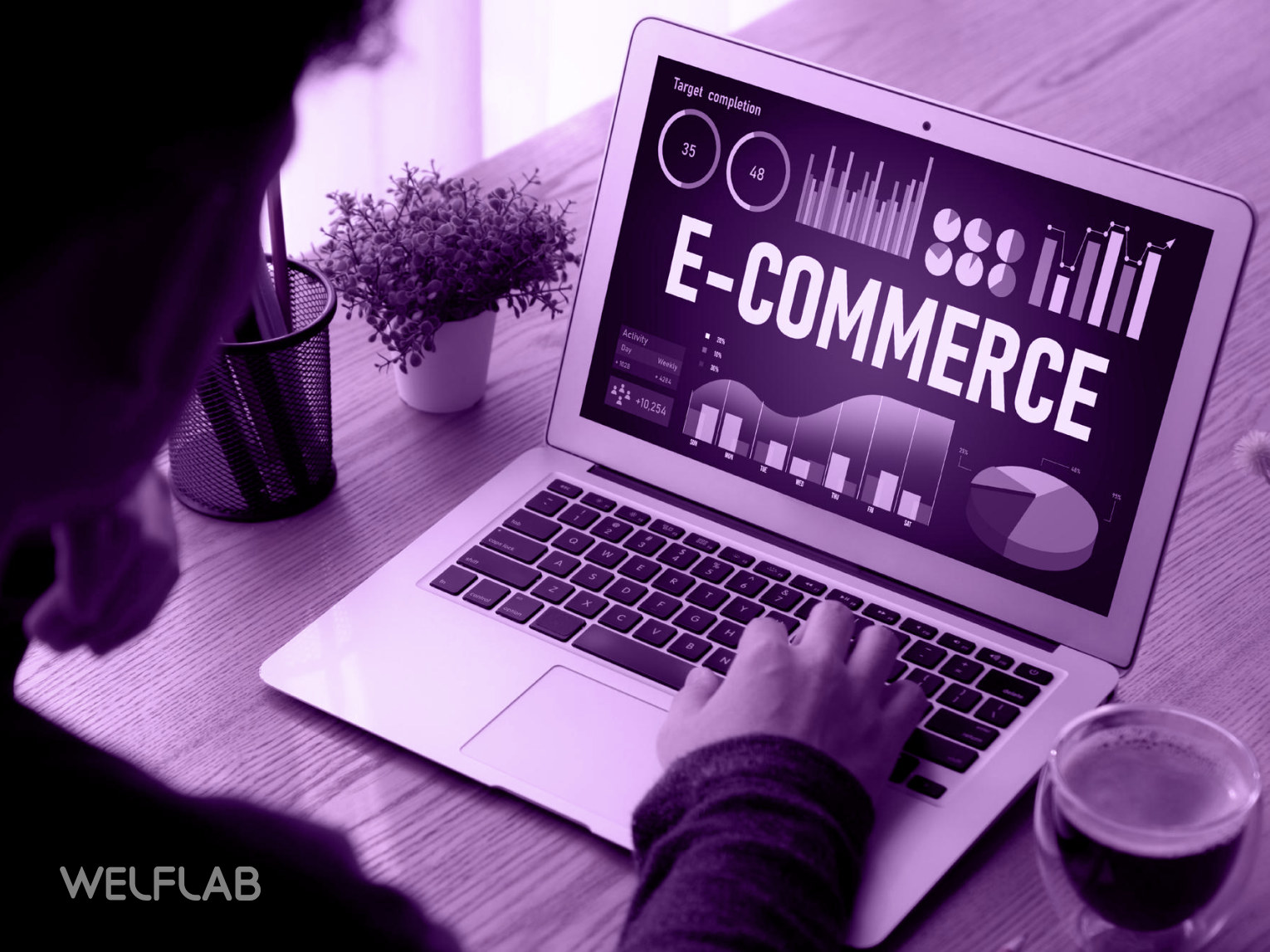Introduction
As more businesses move sales online, choosing the right enterprise e-commerce platform is critical for long-term success. This article provides a framework for evaluating leading options and identifying the best fit for your company. We’ll examine key criteria like features, security, scalability, and third-party integration. Understanding your goals and customization requirements upfront streamlines the selection of a platform empowering multi-channel growth.
Consider Your Business Model and Goals
Assess whether your company sells directly to consumers or other businesses. Define strategic objectives like expanding product lines, improving the buyer experience, or enabling field sales. B2B platforms typically support more complex pricing, customized dashboards, approval workflows, and sales configuration capabilities ideal for selling complex solutions. Clarify the vision to select a platform meeting specialized needs.
Check Built-In Functionality
Core features should include catalog management, order processing, inventory/supply chain integrations, reporting, and business intelligence. Consider needs for asset libraries, product configurators, quote generations, and proposals. Multi-lingual and multi-currency support enables global sales. Advanced analytics and recommendations boost conversions. Robust application programming interfaces empower customized integrations augmenting built-in functionality.
Prioritize Integration Requirements
Evaluate platform integrations with critical third-party tools. Seamless syncing between e-commerce and ERP systems streamlines fulfillment, accounting, and customer service. Tight coupling with marketing automation and CRM software powers personalized, cross-channel campaigns. Integrate payment gateways, shopping carts, shipping providers, and marketplace storefronts. Future-proof by ensuring APIs support integration with evolving solutions.
Understand Deployment Options
Dedicated hosting makes platforms scalable for growing transaction volumes. However, cloud-hosted models reduce upfront infrastructure costs and simplify upgrades/maintenance. On-premise gives full control over servers but requires IT resources. Software-as-a-Service eliminates deployment details. Consider cybersecurity, uptime guarantees, and support response times based on compliance needs. Hybrid models balance agility and control.
Customization Capabilities
Look for easily customized themes, templates, and workflows without extensive coding. Robust APIs empower developer customization beyond out-of-box options. See how third-party applications extend platform functionality. Consider bot builders and low/no-code tools simplifying DIY adaptations. Test sandbox environments for experimentation before production rollouts. Comprehensive documentation aids in modification processes.
Consider Costs and Licensing Models
Pricing depends on sales volume, number of products/users, and desired features. Understand monthly/annual subscriptions, percentage of revenue sharing, or one-time fees. Free trials evaluate fit before committing. Standard versus enterprise-tier pricing balances budget with scale. Monthly minimum commitments reduce short-term flexibility. TCO models incorporate internal resources needed for setup/maintenance.
Ensure Scalability and Performance
Look for proven scalability supporting high transaction volumes during sales peaks. Distributed architecture ensures no single point of failure. Caching optimizes page loads. Built-in CDNs improve global site performance. Seek platforms optimized for small/large catalogs. Consider mobile responsiveness for growing mobile sales. High user/order concurrency handles simultaneous usage.
Service and Support Options
Compare professional services like integration, customization, or migration assistance. Seek 24/7 phone/chat/email support from experienced representatives. Comprehensive knowledge bases supply self-service learning and troubleshooting. Active online communities foster peer discussions. Uptime commitments and service-level agreements ensure minimal disruptions. Look for transparent platform roadmaps.
Consider Security Requirements
Evaluate built-in security features like two-factor authentication, PCI compliance, and data encryption in transit and at rest. Look for regular third-party security audits and vulnerability scanning. Understand disaster recovery, business continuity procedures and SLAs for uptime. White-glove data hosting services provide additional assurance for sensitive industries.
Review Management and Administration Tools
Evaluate user, role & permission management across teams. Consider approval workflows for catalog/order changes. Look for A/B testing, personalized promotions, and configurable dashboards. See how user behaviors and site analytics provide actionable business insights. Optimized admin interfaces simplify routine maintenance tasks.
Test Site Customization Capabilities
Review theme and template customization without coding. Consider drag-and-drop page builders and widget toolsets. Test integrations through developer portals and APIs. Evaluate mobile-responsive design. Usability testing ensures intuitive shopper experiences on all devices.
Training Resources
Consider onboarding documentation and online training resources. Comprehensive knowledge bases empower self-service support. Evaluated 24/7 phone and chat support SLAs. Look for professional services for custom integrations and migrations. Active online user communities supplement formal support channels.
Top 6 Enterprise E-commerce Platform Providers
With countless platforms available, identifying leading enterprise e-commerce solutions can feel daunting. However, certain vendors stand out for their robust features, scalability, and track record supporting complex B2B needs. This section explores seven of the top platforms dominating the market:
Shopify
Shopify is often recommended for those wanting to get up and running with their online store quickly and easily. Shopify allows you to have a basic store created within just a few minutes, even if you’ve never built a website before.
Shopify provides all the core tools needed to add products, customize your store’s appearance, take payments, and track orders. It also has thousands of themes and apps available to expand your store’s capabilities.
The pricing starts at $39 per month for their basic plan, which allows you to sell an unlimited number of products. Additionally, Shopify makes it simple to connect your store to other services through integrations.
In summary, Shopify is a top choice for beginners to e-commerce thanks to its quick and easy signup process and built-in features, requiring minimal technical experience to get started selling online.
Square
Square is well-suited for those wanting to sell both in-person and online. It allows your physical and online orders to be managed together through a single dashboard. This means no need to switch between different apps to track customers or inventory across sales channels.
The platform integrates directly with Square’s own point-of-sale hardware, so sales made in your brick-and-mortar store can automatically upload to your account. You can also build an online storefront using Square’s site-builder.
Square’s free plan covers unlimited products with a Square-branded site. Paid plans starting at $29/month remove the branding and unlock more customization options. Transaction fees of 2.9% + $0.30 apply across both physical and online orders.
Overall, Square presents a unified solution for merchants to sell through multiple channels without data entry between platforms. Its integrated in-person and online capabilities make it a strong choice for those with both storefront and web presences.
Ecwid
Ecwid allows businesses to get started with an online store at no cost, making it appealing for those looking to test online selling with minimal upfront costs. The free plan supports listing five physical products.
Paid plans beginning at $19/month unlock more professional features as your business grows. Transaction fees vary by payment processor but Ecwid does not layer on its own charges.
In addition to the free starter option, Ecwid provides the flexibility to either integrate with an existing website or create a new online storefront on an Ecwid-hosted domain. Settings can be customized to deal with taxes, discounts, and inventory management as needed.
Ecwid also offers social selling capabilities and the ability to list products on marketplaces like Amazon and eBay. An app marketplace connects the platform to other tools as well.
Overall, Ecwid’s free tier and affordable upgrade costs combine with full-featured selling tools to make it a suitable choice for businesses of all sizes starting or expanding their online presence.
BigCommerce
BigCommerce is well-suited for businesses with large online sales volumes. While also offering plans for smaller operators, BigCommerce’s feature set focuses on the complexities faced by more established sellers.
The interface guides users through configurations like tax setup and automated shipping early in the onboarding process. Integrations with sales channels let products be simultaneously listed across platforms such as Amazon and eBay as well.
Standard plans start at $39/month for unlimited products and higher tiers support over $180,000 in annual sales. BigCommerce also offers robust analytics and hundreds of professionally designed themes costing from $150.
While not ideal for very small shops just starting out, BigCommerce’s powerful tools and integrations aim to simplify the transition to online selling for businesses ready to take their digital operations to an advanced level. Its features appropriately meet the needs of high-capacity merchants.
WooCommerce
WooCommerce presents a solution for those who have already built an online presence with WordPress but want to gain e-commerce capabilities. As a WordPress plugin, WooCommerce seamlessly integrates into existing WordPress sites.
Using WooCommerce, merchants can manage online orders, create coupons, and view sales directly from their familiar WordPress dashboard. Product listings are created as normal WordPress posts.
Best of all, WooCommerce is free to use. Paid hosting or plans through WordPress.com provide additional support but are not mandatory. Transaction fees vary by payment provider.
WooCommerce taps into WordPress’ vast ecosystem of plugins too, enabling features like subscription products, multi-currency pricing, and more. However, its usage does require comfort with WordPress.
All in all, WooCommerce delivers a simple way for current WordPress sites to incorporate selling functionality while leveraging existing skills and workflows within the popular platform.
Wix
Wix stands out as a good option for those wanting an all-in-one solution to build a complete online presence, including a full-featured online store.
Through Wix’s simple drag-and-drop interface, users can create an entire responsive website and storefront without coding or design experience. Dozens of ready-made store templates are provided along with millions of stock photos, videos and other assets.
In addition to covering e-commerce essentials like product pages, orders and inventory, Wix stores integrate marketing tools such as email campaigns. Transaction fees of 2.9% + $0.30 apply.
Pricing begins at $13/month for basic capabilities and $23/month unlocks unlimited bandwidth and more features. Higher tiers eliminate Wix branding and add further functions.
Overall, Wix offers a comprehensive website and store building platform well-suited for newcomers seeking an all-in-one publisher and shop system requiring no technical skills or web design expertise.
Final Thoughts
In conclusion, there are many excellent options available for merchants looking to sell their products online. The diversity of platforms ensures that whether you’re just starting out small or have a large established business, there is a good fit for your unique needs and budget. Over the past few years, ecommerce has continued to grow in popularity among both consumers and businesses, spurred on by continued innovation that makes online selling more accessible than ever before.
As tastes and shopping behaviors continue evolving rapidly with trends like livestreaming commerce gaining traction, merchants need platforms that can adapt. Looking ahead, we can expect e-commerce builders will advance their integrated tools to stay aligned with emerging channels. Artificial intelligence capabilities are also likely to develop further, assisting with personalization at scale. As tools become more powerful yet intuitive, the barriers to online business success should continue falling.
Ultimately, the ideal e-commerce platform empowers sellers to focus energy on their products and customers rather than technicalities. It provides solutions that flexibly fit today’s needs while also laying foundations to explore new commerce frontiers. Continuous upgrades by builders will be important to sustain relevance in the changing digital landscape and worldwide connectivity that drives unprecedented opportunity for global trade at all levels.




